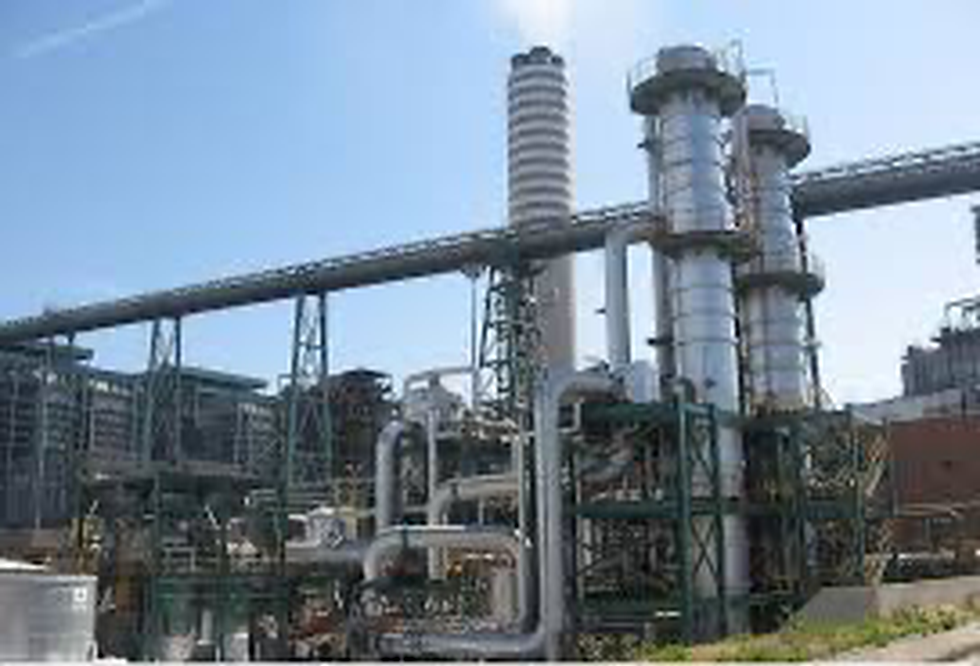About Flue Gas Desulphurisation:
- It is a technology to eliminate sulphur compounds from exhaust emissions.
- Flue gas is the emitted material produced when fossil fuels such as coal, oil, natural gas, or wood are burned for heat or power.
- FGD is done through the addition of absorbents, which can remove up to 95% of the sulphur dioxide from the flue gas.
- Substances such as ammonia or sodium sulphite are used as absorbents; however, the use of lime or limestone slurry (wet limestone scrubbing) is also widespread.
- The uncleaned flue gas is sprayed in a scrubber tower (absorber tower) with a mixture of water and limestone (scrubbing slurry), whereby most of the sulphur dioxide is bonded by chemical reaction.
How Sulfur dioxide impacts life?
- Sulfur dioxide is a major air pollutant which impacts all life.
- It is also a precursor of acid rain, which has significant adverse impacts on forests, freshwaters, and soils, in turn killing insect and aquatic life forms, causing paint to peel, corrosion of steel structures such as bridges, and weathering of stone buildings and statues.
